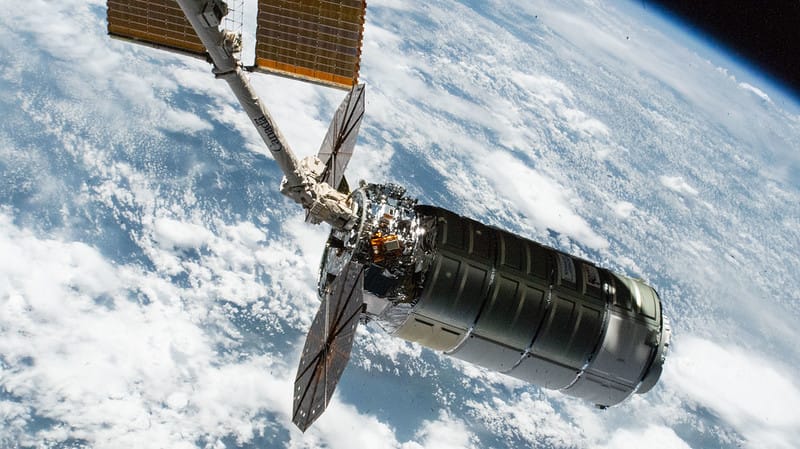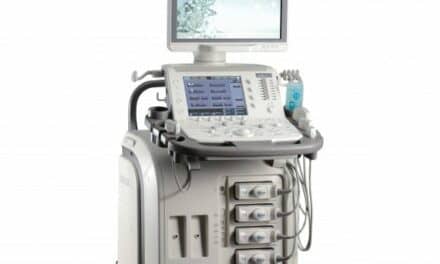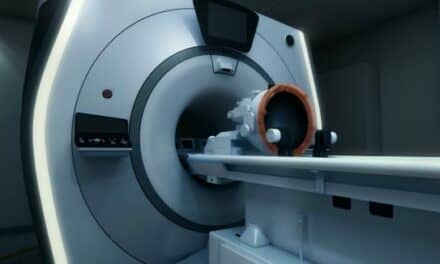The laptop-sized device will support astronaut health monitoring, routine medical evaluations, and in-flight research.
A new portable cardiovascular ultrasound system has been deployed to the International Space Station to support astronaut health and ongoing research. The device, GE HealthCare’s Vivid iq, was delivered to the station aboard a Northrup Grumman commercial resupply services mission for NASA, docking on Sept 18, 2025.
The customized system will be used for routine medical evaluations and in-flight studies conducted by NASA’s Human Research Program, including research into venous blood flow and heart function during long-duration spaceflight. The laptop-sized Vivid iq, released this year, replaces the Vivid q system, which was first sent to the space station in 2011.
“Vivid iq exemplifies GE HealthCare’s commitment to innovation,” says Kurt Page, vice president and general manager, federal health systems, GE HealthCare, in a release. “We’re proud to deliver exceptional technology that meets the extraordinary demands of human spaceflight while advancing the frontiers of diagnostic imaging. This achievement underscores our dedication to innovative technologies that aim to improve health outcomes both in orbit and on Earth.”
Vivid iq Launches Into Space
Selected after hardware qualification and acceptance testing, the Vivid iq is designed to provide enhanced imaging capabilities and portability. The system is equipped with tools for examining cardiovascular, abdominal, and musculoskeletal systems. It also includes the LOGIQ View feature, which allows users to view and measure anatomy that is larger than what fits in a single image.
“The journey of Vivid iq to the International Space Station marks more than just a technological milestone,” says Philip Rackliffe, president and CEO of Advanced Visualization Solutions at GE HealthCare, in a release. “It’s a bold affirmation of our vision to empower confident clinical decisions in the most extreme environments, with technology crafted for precision, built for portability, and driven by purpose.”
The new system launched aboard a Northrup Grumman Cygnus XL spacecraft atop a SpaceX Falcon 9 Block 5 rocket from NASA’s Kennedy Space Center in Florida on Sep 14.
Photo caption: Northrop Grumman’s Cygnus XL cargo craft, carrying over 11,000 pounds of new science and supplies for the Expedition 73 crew, is pictured moments before its capture with the International Space Station’s Canadarm2 robotic arm. Both spacecraft were orbiting 257 miles above Namibia. Cygnus XL is Northrop Grumman’s expanded version of its previous Cygnus cargo craft increasing its payload capacity and pressurized cargo volume.
Photo provided: GE HealthCare





